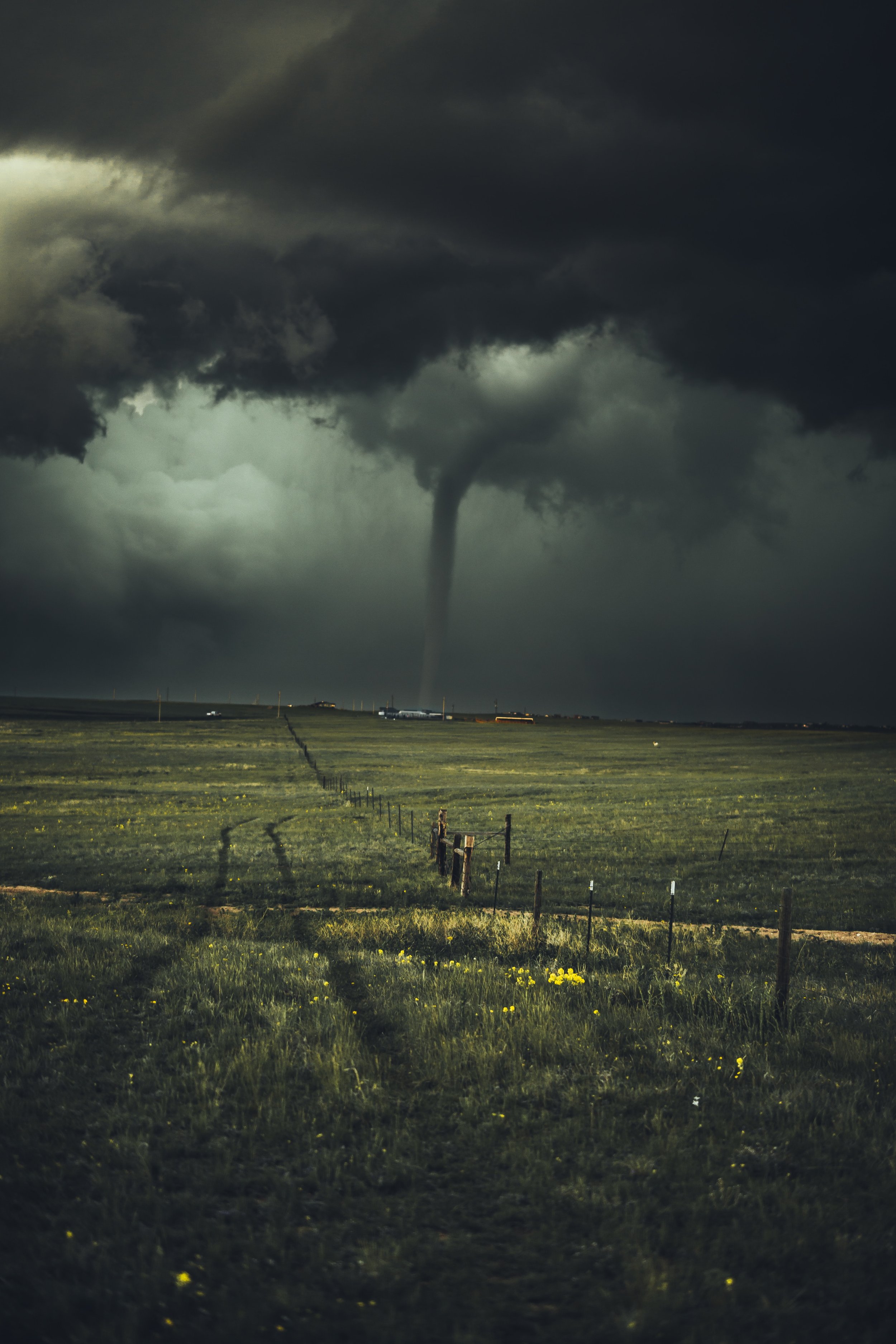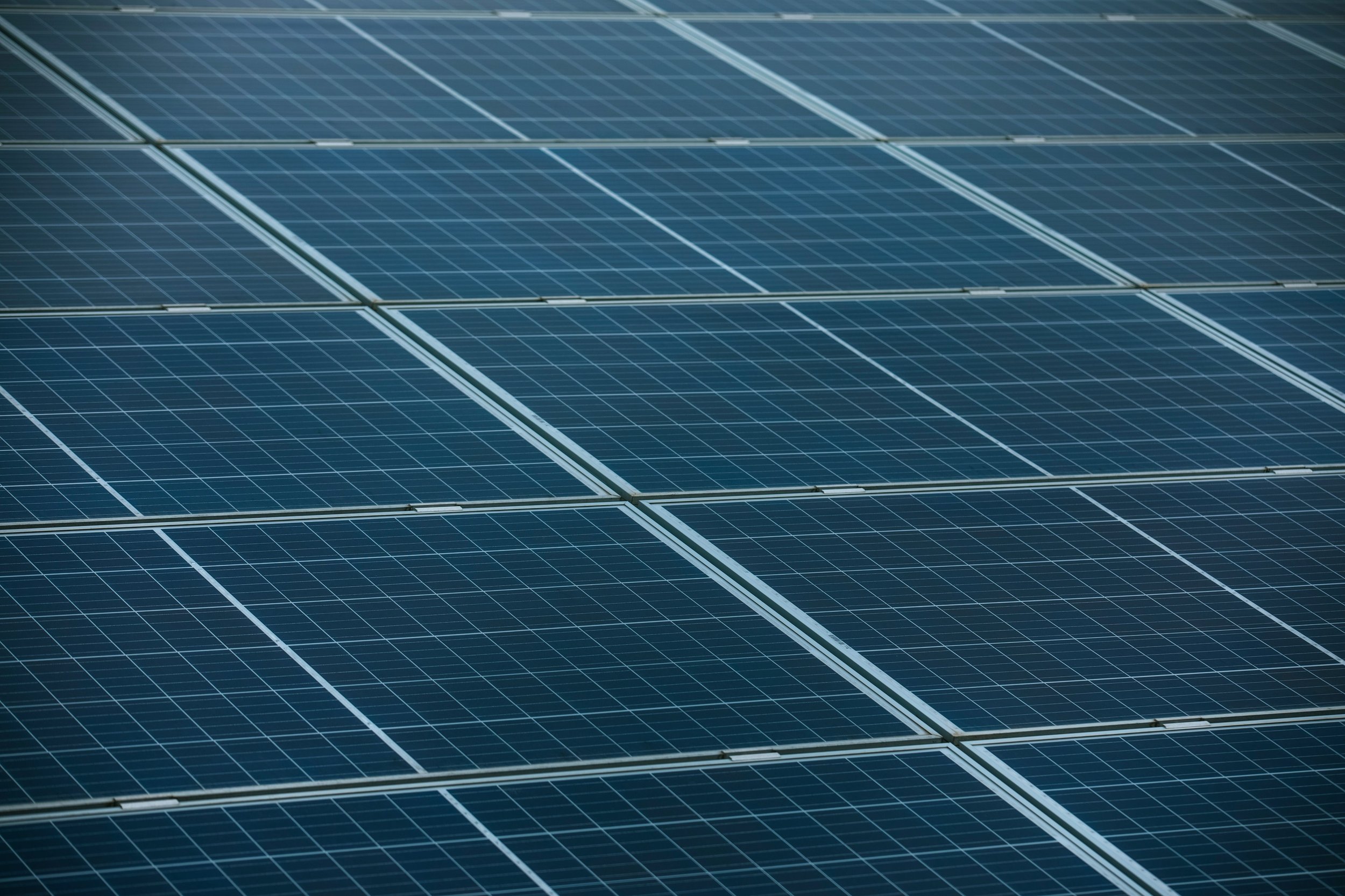Building a more resilient future
We bring durable capital to support the resilience of frontline communities in the U.S. to the accelerating challenges of the next 100+ years.
Over the next 100 years, accelerating disasters will strain U.S. communities physically, socially, and financially.
spent on disaster damage costs in the U.S. over the last ten years (1)
of American counties were impacted by a disaster that required a federal disaster declaration over the past 10 years (2)

The increasing number and severity of billion dollar disasters are forcing an inevitable shift for frontline communities in the United States. If we have to rebuild all of our known systems to withstand these challenges, we should do it with solutions that will yield a sustainable future – solutions that serve our communities equitably, are built to last for the next 100 years, and prioritize resiliency.
Rising temperatures, extreme weather, increased flooding events, and other disasters have impacted 90% of American counties in the last decade (2).
The US has spent $1.1T over the past decade rebuilding communities after disasters (1), but by continuing to build back to the old normal, money is wasted on new infrastructure that won’t withstand the next disaster.
Annual number of billion-dollar disasters
Until the early 2000s, a $1 billion disaster (including CPI adjustment to 2023) hit the U.S. about every 73 days (meaning roughly 5 disasters per year). As of 2023, a $1 billion disaster hits roughly every 18 days. By 2030, a $1 billion disaster could hit the US every week.

While many say disasters don’t discriminate, the truth is that they exacerbate the underlying socioeconomic challenges that have long plagued this country. The American Society of Civil Engineers’ most recent report gave the U.S. infrastructure a C- and outlined that the U.S. faces $2.59 trillion in infrastructure needs over the next 10 years.
Inclusive recovery is made all the harder as basic necessities are treated as commodities, including housing, food, and clean water. While public, private, nonprofit, and philanthropic leaders work diligently to get communities “back to normal,” normal was never good enough. Resilience and recovery efforts cannot absolve leaders from addressing past harms. Instead, these efforts must account for systemic issues, otherwise, such efforts only serve to reinforce persistent disparities and communities will remain fragile to future shocks.
Leaders, funders, and innovators must take an intersectional approach that accounts for race, ethnicity, gender, disability, age, and circumstance (eg. citizenship status, homelessness, incarceration).
Past disasters have demonstrated that when leaders don’t center equity in recovery and rebuilding, those most in need are left behind due to systemic inequities. With so much money flowing, we must pay attention to who is leading rebuilding and resilience efforts, where profits are going, and what opportunities exist for capital to remain in communities.
From Hurricane Katrina to the Great Recession to COVID-19, disasters of this magnitude reveal the structural failures of critical social, economic, and physical infrastructure in the U.S.
a hazard meets a vulnerability.
DCSO’s mission is to research underlying problems and bring durable solutions to support the resilience of frontline communities in the U.S. to the accelerating challenges of the next 100+ years.
We build and invest in community-aligned critical infrastructure solutions that create a more resilient future.
DCSO enables innovative research, provides forums for collaboration among relevant community groups, and brings new solutions to market.
We finance sustainable companies so they can continue to provide for the communities they serve, incubate ideas that serve unmet critical resilience needs, and ensure equitable access and distribution to communities in which there has been systematic underinvestment.
Through these activities, our goal is to bring durable capital to community-aligned sustainable outcomes.

Opportunities to engage
As we pilot new ways to invest in novel ideas and solutions that support the resilience of frontline communities in the U.S., we seek partners and collaborators focused on supporting critical infrastructure.
Critical Infrastructure Studio
DCSO’s Studio incubates novel solutions, bringing new innovations to market where critical infrastructure gaps leave community needs unmet.
Resilient Society Portfolio
We invest in and operate resilient infrastructure companies to ensure they have the durable financing necessary for sustainable growth that’s aligned to community interests.
Philanthropic Infrastructure
Alongside DCSO’s affiliate nonprofit, Network for Good (a leader in digital financial solutions for the philanthropic sector), we support collaborations to advance philanthropic infrastructure.
Community Alignment Framework
DCSO is developing a formal strategy for centering frontline community leaders, to accelerate best practices for community leadership in critical infrastructure decisions and solutions.
Critical infrastructure
Adapting our country’s critical infrastructure represents a $10T+ market opportunity over the next 10 years. We define infrastructure as essential systems that are crucial to the functioning of the economy and society and that enhance the people’s standard of living.
Employment
Energy
Financial
Food & Agriculture
Built Infrastructure
Real Estate
Water & Waste
Communications & IT
Air

DCSO’s pilot projects and partnerships have been incubated at our affiliate organization, Network for Good donor advised fund. For decades, Network for Good’s platform has helped finance disaster recovery as part of the critical financial infrastructure for nonprofits in times of disaster.
Founded in 2001, Network for Good is the nonprofit that mobilized charitable giving in the U.S. after 9/11. Since then, donations to disasters have consistently ranked among the platform’s most significant giving categories.
Through partnerships with companies and platforms, Network for Good has empowered millions of people to give and has distributed over $5 billion to more than 450,000 charities. As a key partner to American nonprofits during times of crisis, Network for Good exemplifies the kind of critical infrastructure our country needs more of to meet the challenges of the next century.











